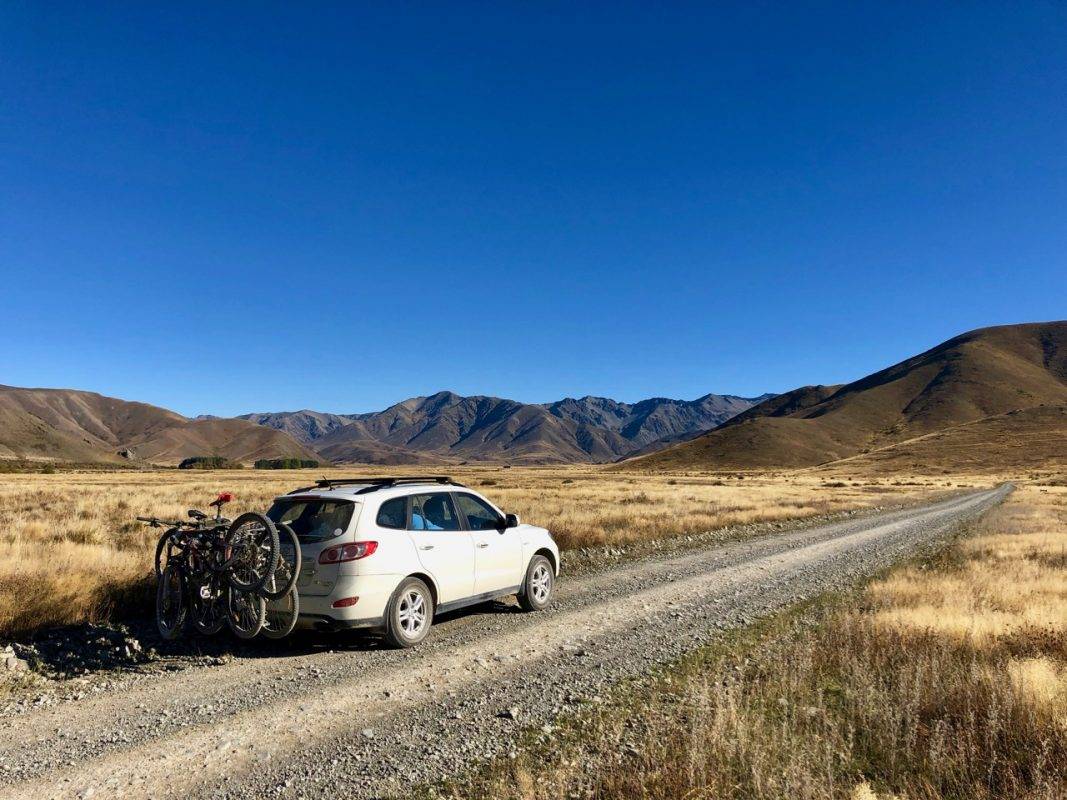
Create More Margin
2nd May 2019Last week my family and I went on an amazing road trip through the South Island of New Zealand. We took the back roads, including a spectacular four-hour drive on winding gravel roads through Molesworth Station (check out the pic).
Our 17-year-old son drove some of the way. He’s had his license for about nine months, and on the whole, he’s a pretty good driver. However, we noticed he tended to leave little margin for error, including taking sharp corners and navigating narrow sections along the sides of steep drops. Where my wife or I would have erred on the side of caution, he (as a classic 17-year-old boy) tended not to. We nervously imagined what might happen if the unexpected occurred – a car coming the other way on a blind corner, or maybe livestock running onto the road.
Thankfully, we arrived at the other end unscathed. Back on the bitumen, breathing out, I got to thinking about the importance of margin in our lives.
I reckon margin matters. It allows us to handle unanticipated threats better. And, better yet, having a margin allows us to grab opportunities when they arise. Like the margins on a page, having abundant margin in our lives gives us the ‘white space’ at the edges to literally and figuratively move a little more when we need to.
In my experience, most of us don’t build in enough margin. For example:
Time: Our jam-packed calendars leave no room to act on unanticipated opportunities.
Presentations: Our slideshows with a billion bullets and huge blocks of text leave no room for quality sense-making.
Rules: Our rules for every conceivable scenario leave no room for initiative.
Outcomes: Our propensity for deciding what the outcome will be before we’ve done the work leaves no room for something even better to emerge.
We live in interesting times where volatility is the norm. We need to be equipped to act when the unexpected occurs. In his brilliant book Antifragile, Nicholas Nassim Taleb shows how the most effective systems, including human beings, have redundancy built into them to be better able to handle the unanticipated. That’s what I’m talking about.
Here are some ways that I create ‘margin’ in my life:
- I use Google Calendar to make my default meeting time 25 minutes, not 30, or 50 minutes rather than an hour.
- I only do client delivery work on Tuesdays, Wednesdays or Thursdays, leaving time to think or respond to new opportunities, on the other days.
- I use a mantra called ‘high intention, low attachment’. I define the highest intention I have for a particular situation, and at the same time detach myself from needing that outcome to occur. For example at a new client meeting, I’ll have an intention to create a mutual understanding of how we can benefit from working together. Not to ‘land the sale.’
The unexpected is going to happen. How might you create the margin to respond?
Like this post? When you’re ready, here are three ways I can help you further:
- Sign up to my ‘Thinking from the Edge’ newsletter to get tips, insights and early release information that I don’t share on the usual social channels. Delivered fortnightly to your inbox.
- Get my new book, Change Makers: How to make your mark with more impact and less drama. It’s available for pre-order now.
- Come along to one of my Change Makers breakfast sessions to learn more about how this game-changing programme can amplify you and your people’s change making ability.

